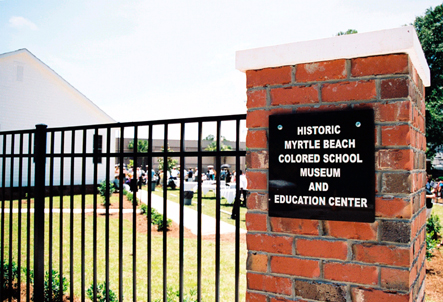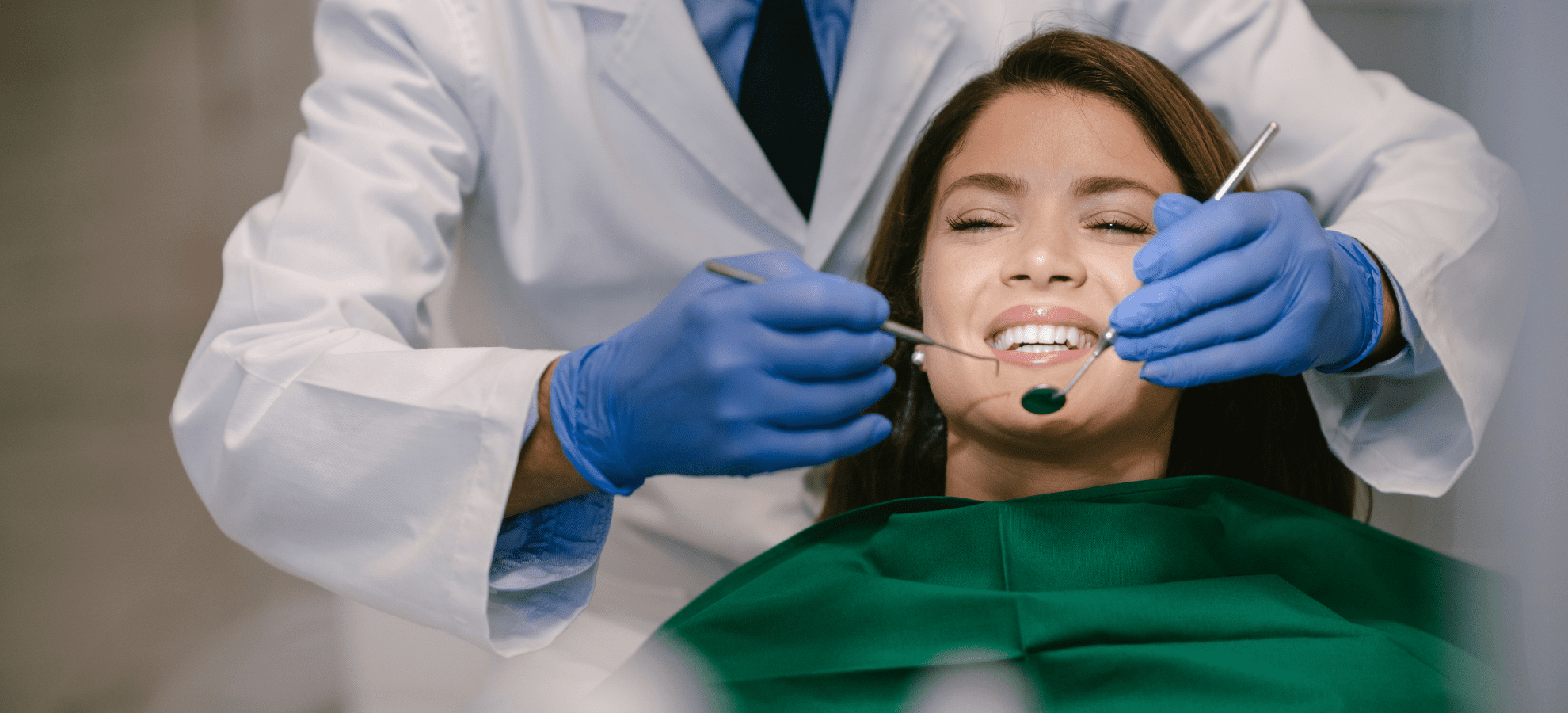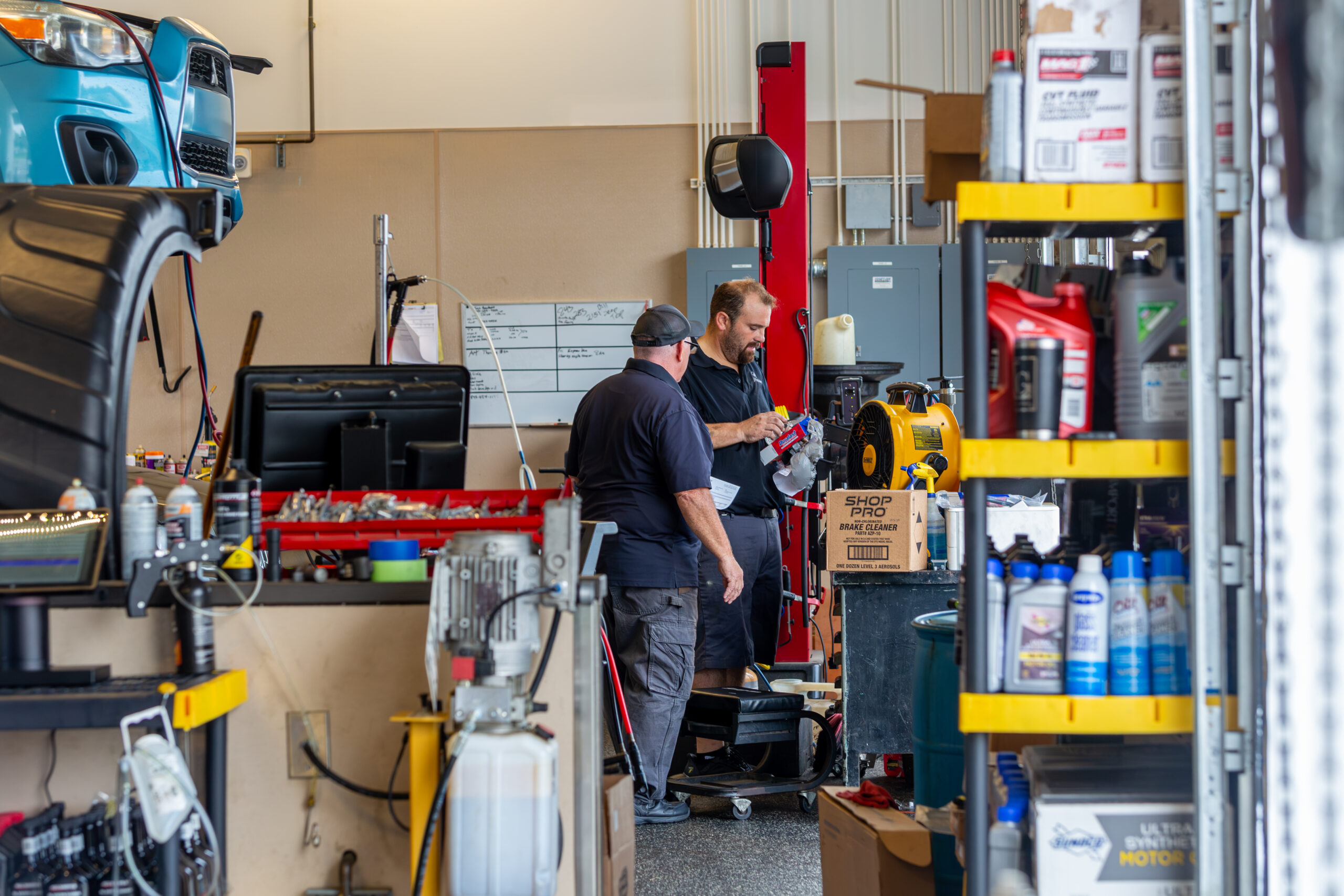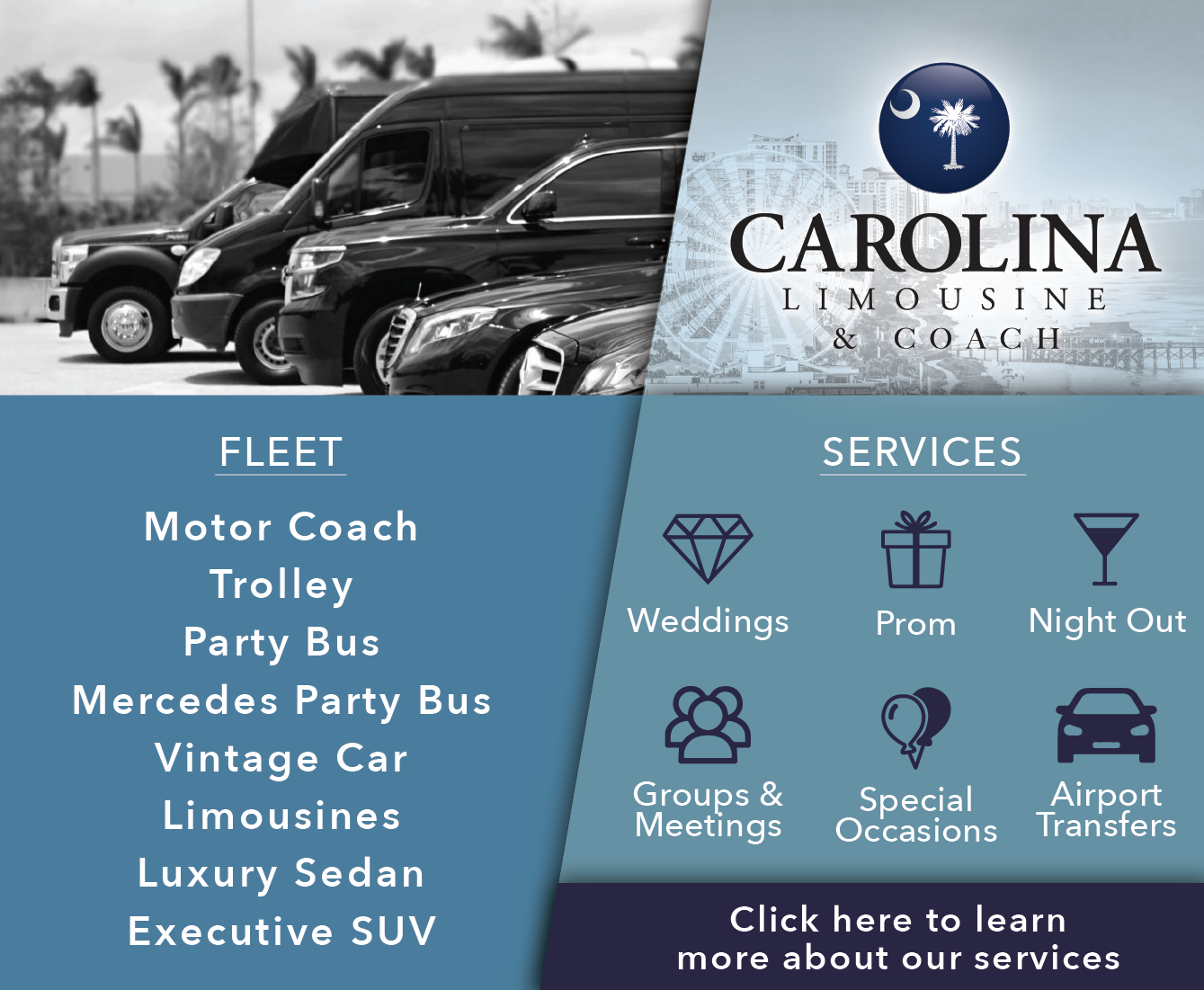by the City of Myrtle Beach
Myrtle Beach is a young locale, but the city works hard to preserve the short history that we have. The city was incorporated in 1938, barely eighty years ago, but those have been active decades. Much has changed, and the city has seen tremendous growth.
The history of the former Myrtle Beach Air Force Base is preserved throughout the Market Common district.
Similarly, the history of our musical roots are preserved through Charlie’s Place, while our early educational steps are preserved through the Historic Myrtle Beach Colored School Museum and Education Center.
Within that building is a standing exhibit to the many contributions and accomplishments that African-Americans have made. Traffic signals, blood transfusions, pacemakers, mailboxes, light bulbs and the blood bank are among the many inventions that African-Americans gave the world.
This Museum of African-American History began as a February-only display at the former Canal Street Recreation Center. Recreation Supervisor Docshee Moore originally exhibited his masterpiece during Black History Month as a tribute.
His work soon outgrew what is now the Mary C. Canty Recreation Center, and the exhibit found a permanent home at the Historic Myrtle Beach Colored School Museum and Education Center, located at 900 Dunbar Street. The display highlights dozens of contributions by African American scholars, scientists, entrepreneurs and more.
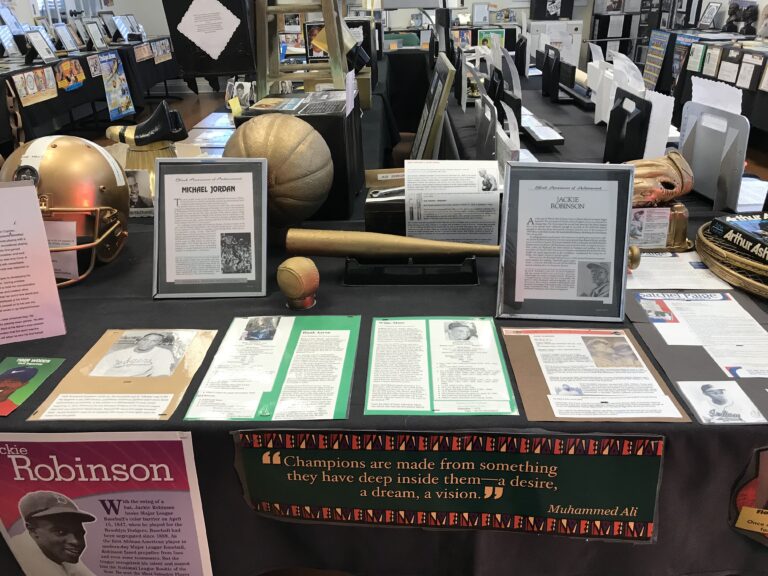
The museum is open from 10am to 12pm on Mondays, Wednesdays and Fridays. Admission is free. To schedule a tour, call 843-918-4905.
For more information about the Historic Colored School Museum and Education Center, visit The City of Myrtle Beach.
The museum itself is the recreation of the former Colored School, which opened in 1932 and operated for more than twenty years.
The school was replaced in 1953 and then sat idle and unused for decades, until its former students mounted an effort to preserve the building and the history it represented. The former students staunchly advocated two things:
First, they believed the school should retain its original name. To them, it had always been the Myrtle Beach Colored School, and they were unconcerned with whether that name might be uncomfortable or politically incorrect. Segregation was wrong, but it happened, and changing the name was an unthinkable act of revisionist history.
Second, they strongly believed that the school should continue to serve in an educational capacity. It wasn’t enough to create a museum to the past; the new building also should provide a service to the community.
Their tenacity won the day. The reconstructed school opened in 2006, and its educational role continues today. In addition to the African-American museum, the four-room school also serves as a place for after-school activities for neighborhood children. The history of our very young city is preserved for all to see and learn.




